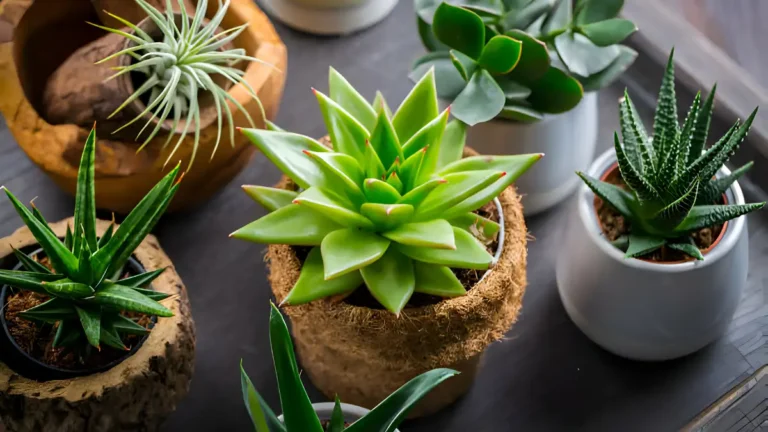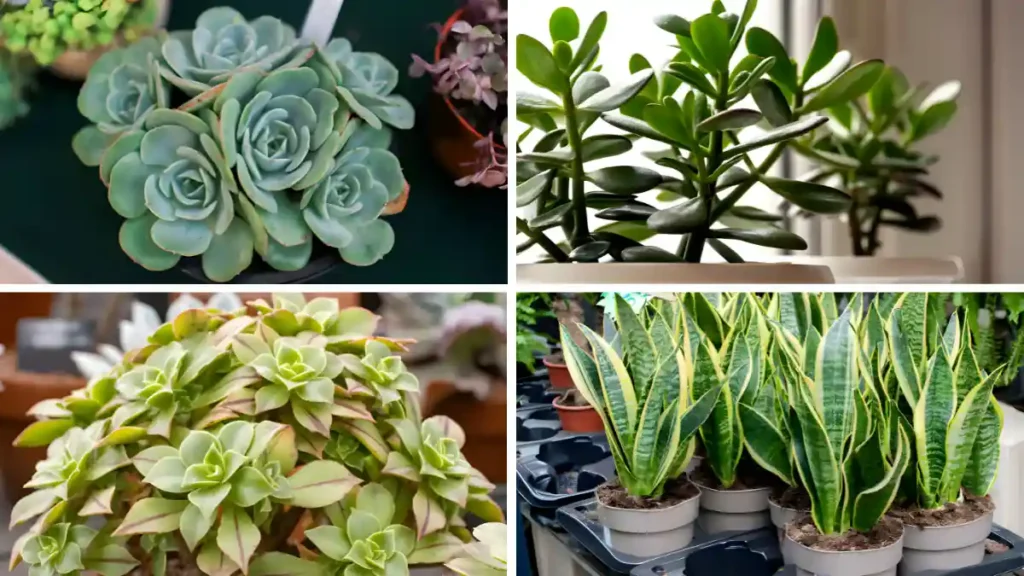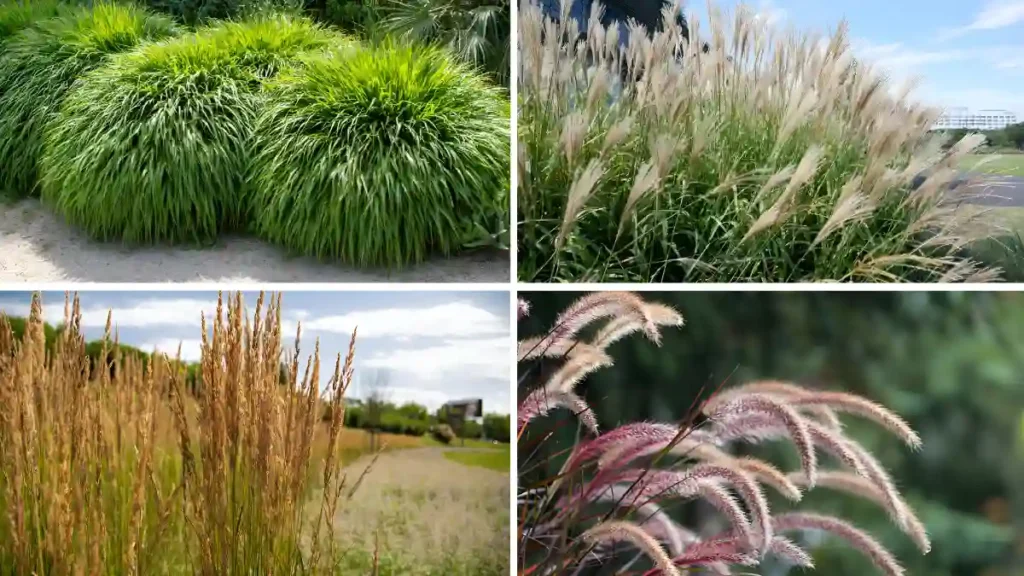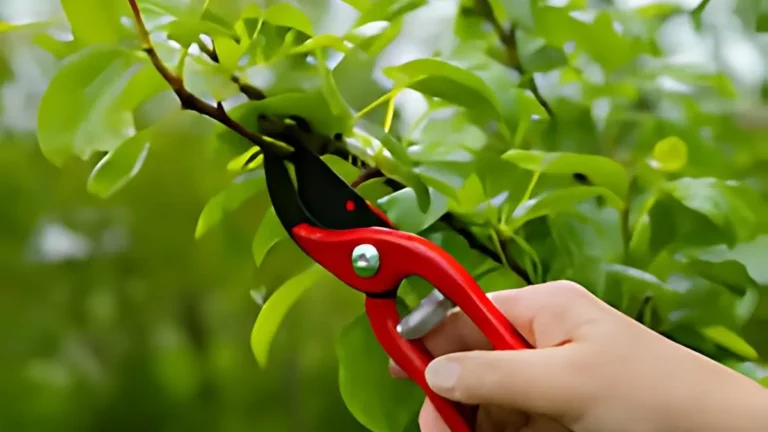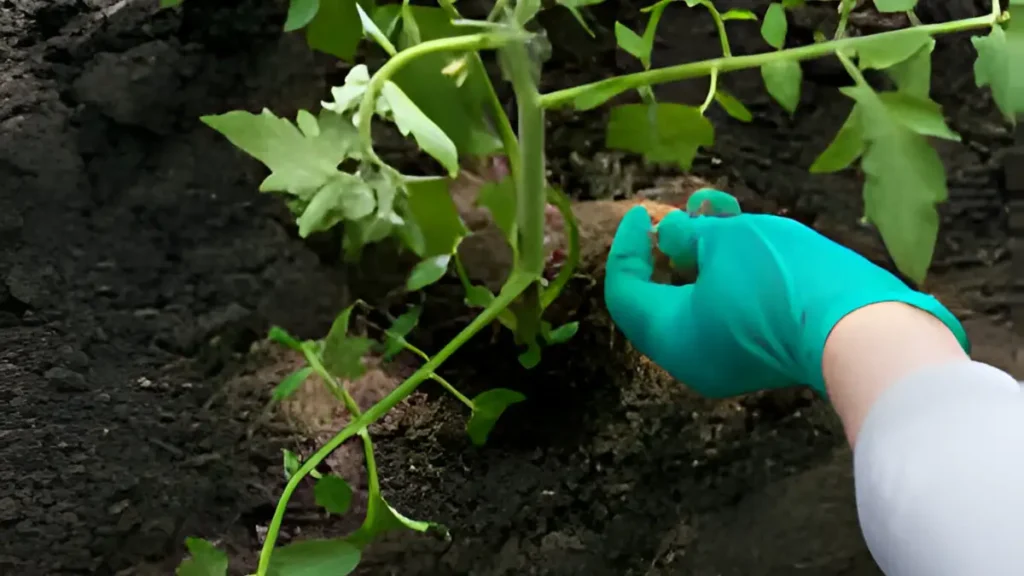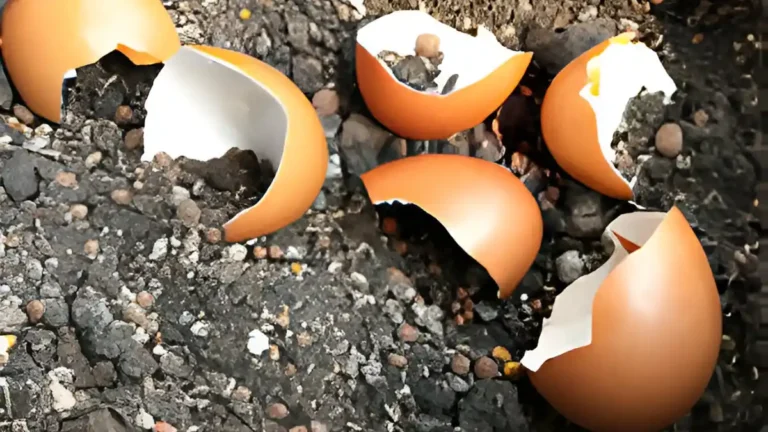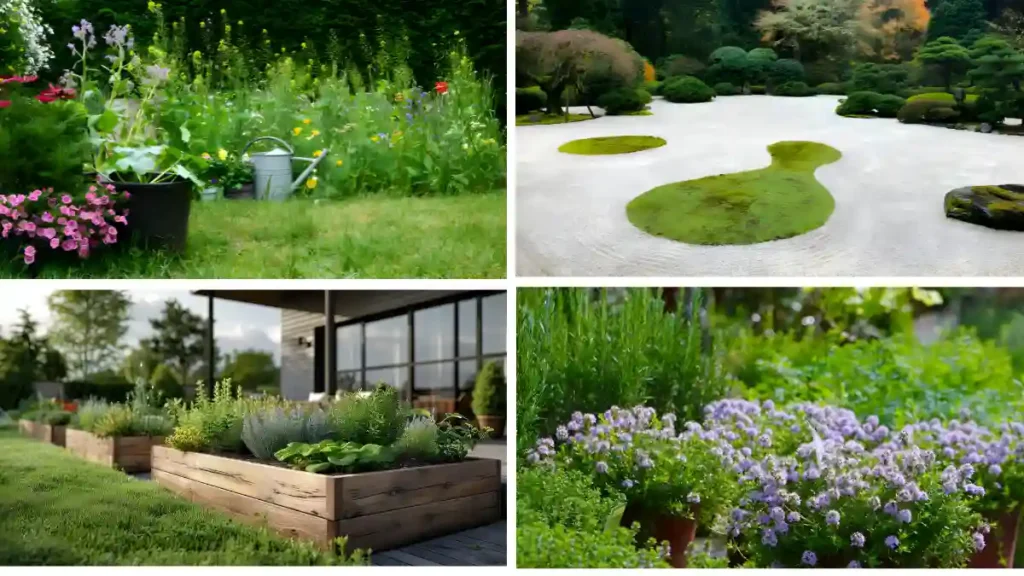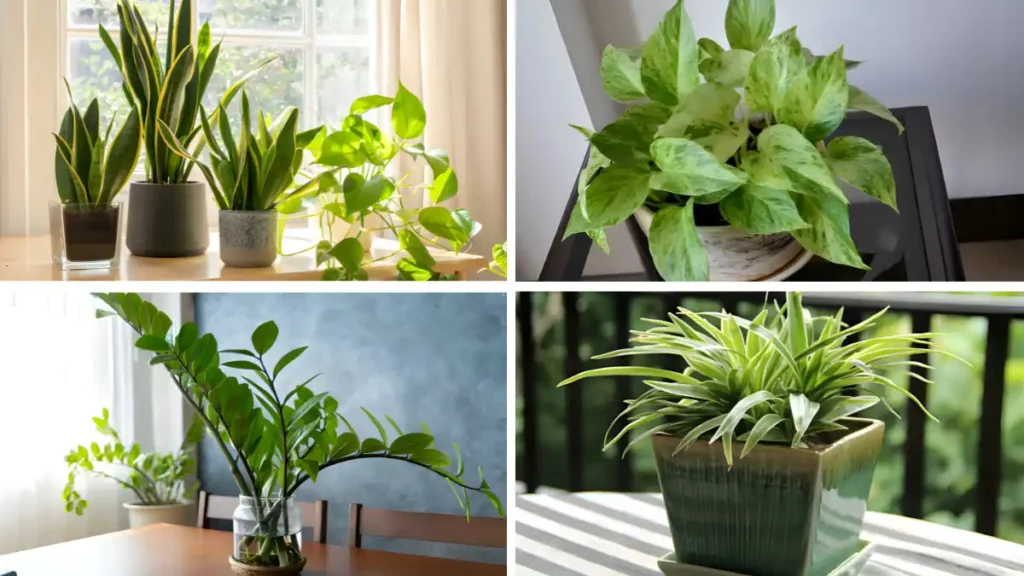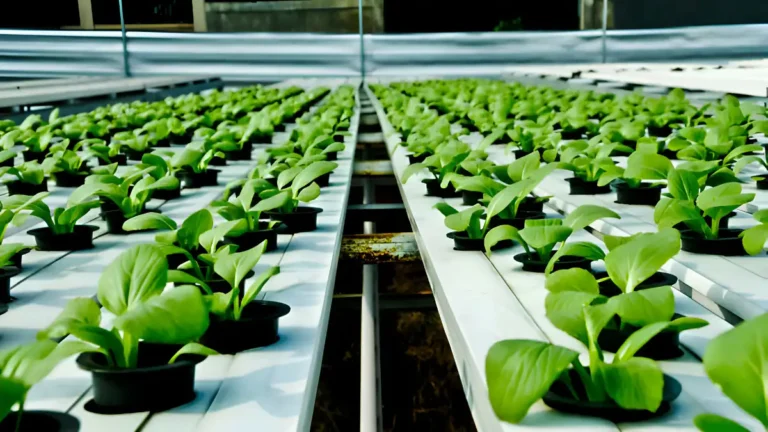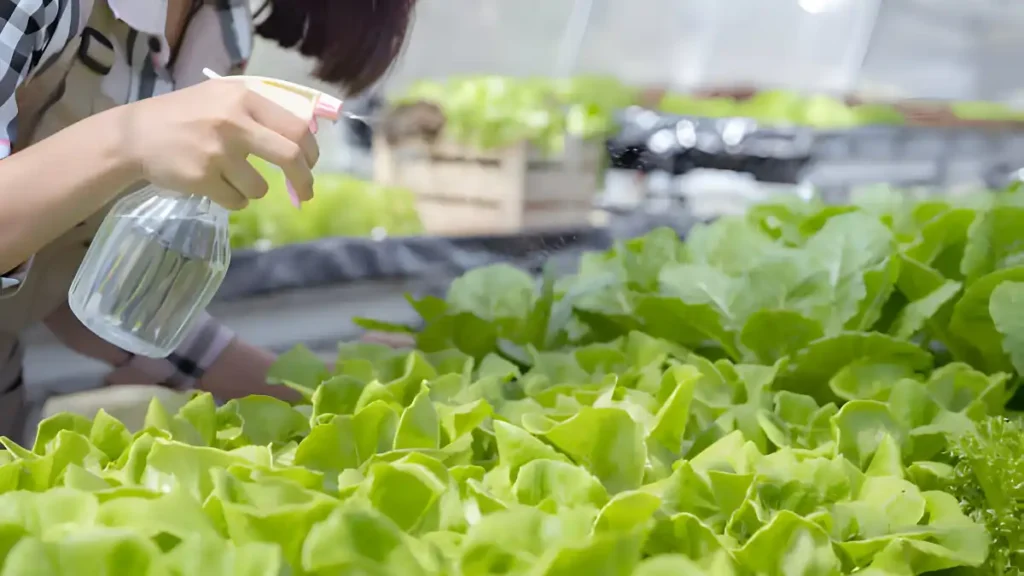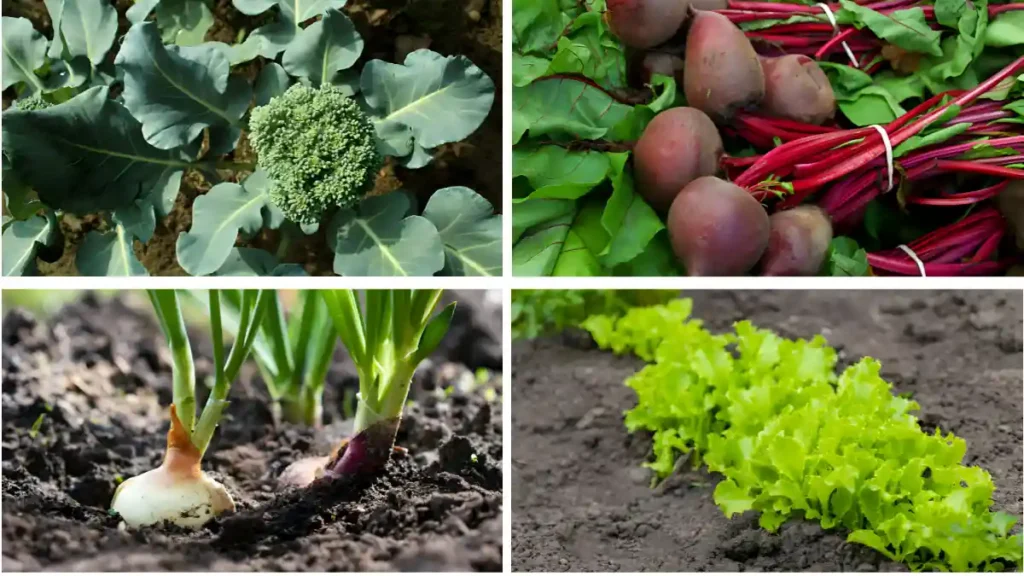Crown of Thorns is a woody, succulent shrub that is native to Madagascar. It is also known by the names Euphorbia milii, Christ thorn plant, and Christ plant. Popular in North America as a houseplant, the crown of thorns is prized for its easy care requirements and clusters of lovely, multicolored blossoms. There is a belief in Thailand that the quantity of blossoms on a crown of thorns plant indicates the keeper’s luck. With continued improvement, the plant is now capable of bearing more and bigger blossoms than it did in the past. This plant’s hybrids bloom for nearly the entire year.
The following tips can help you maintain your crown of thorns indoors:
- Light: Bright, indirect light is adored by these plants. Put them close to a window that gets plenty of sunlight so they can get several hours of it every day. On the other hand, keep them out of the sun for extended periods as this may cause leaf burn.
- Temperature: Warm temperatures between 65°F and 85°F (18°C and 29°C) are preferred by crown of thorns plants. Since they may be susceptible to unexpected temperature changes, keep them away from drafts and abrupt temperature changes.
- Watering: Let the soil somewhat dry out in between applications. It’s crucial to allow the soil to dry out a little before watering it again because overwatering might cause root rot. Water more often in the spring and summer when the plant is growing, but less frequently in the winter when it is dormant.
- Soil: Use a potting mix designed specifically for cacti and succulents that drains well. This will guarantee healthy roots and lessen the chance of waterlogging.
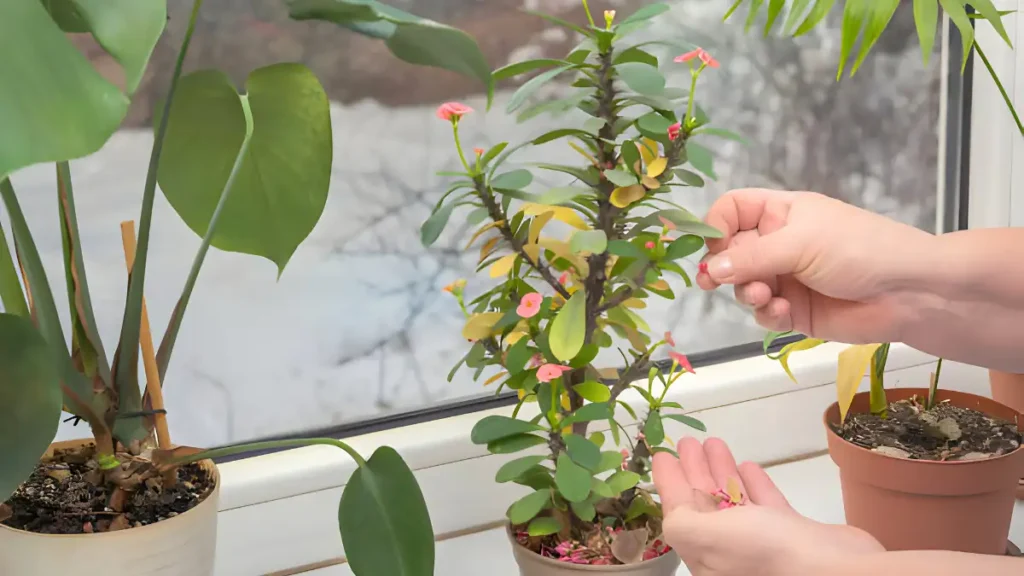
- Fertilization: During the growing season, give your crown of thorns plant a balanced liquid fertilizer that has been diluted to half strength. In the winter or during dormancy, fertilize sparingly.
- Pests: Mealybugs, thrips, scales, and mites can annoy thorny crowns. But the main problem is fungal diseases and root rot brought on by stagnant water, excessive watering, excessive humidity, or inadequate airflow.
- Pruning: To keep your crown of thorns plant in shape and promote bushier growth, prune it regularly. To cut out dead or lanky stems, use clean, sharp pruning shears.
- Repotting: When your crown of thorns plant outgrows its current container, or every two to three years, repot it. When repotting, select a pot that is marginally bigger than the existing one and replenish the soil mixture.
Conclusion:
In conclusion, special requirements must be met when taking care of a Crown of Thorns plant indoors. These include plenty of sunlight, soil that drains well, and modest irrigation. It is essential to comprehend the growth patterns of the plant as well as prospective problems like pests or illnesses. Pruning regularly encourages robust growth and blooming. All things considered, the Crown of Thorns plant may flourish indoors with the right care and attention, rewarding its caregiver with colorful foliage and blossoms.
Certainly! If you’d like to learn more, please consider following our WhatsApp Channel: Harvest Gardening
A frequently asked questions:
Q1: What is a crown of thorns plant?
A1: Euphorbia milii, commonly known as this plant, is a succulent shrub that is indigenous to Madagascar. It is distinguished by its colorful bracts, which can be red, pink, or yellow, and its prickly stems.
Q2: Can I propagate my crown of thorns plant?
A2: Yes, stem cuttings are a simple way to grow this plants. Just cut a cutting from a healthy stem, let it a few days to callus, and then plant it in a soil mixture that drains well. Till roots appear, keep the soil slightly damp; after that, handle it as you would a fully grown plant.
Q3: What are the ideal growing conditions for a large crown of thorns plant?
A3: Large crown of thorns plants like well-draining soil and do well in warm areas. They need lots of sunlight and should only receive mild irrigations, letting the soil dry out in between.


